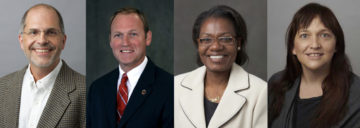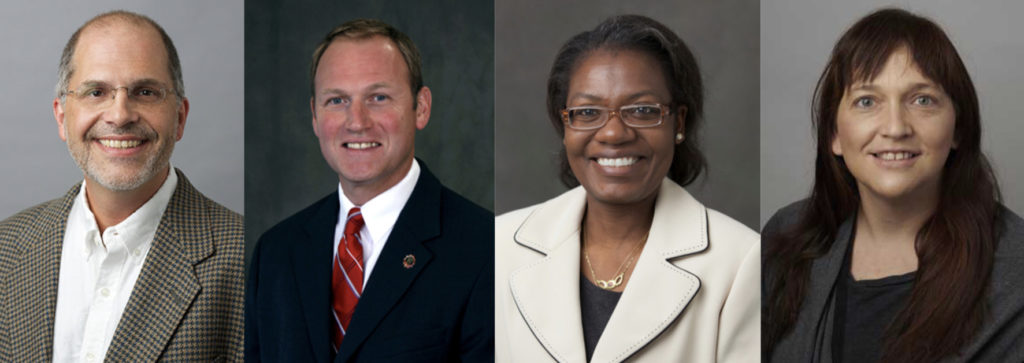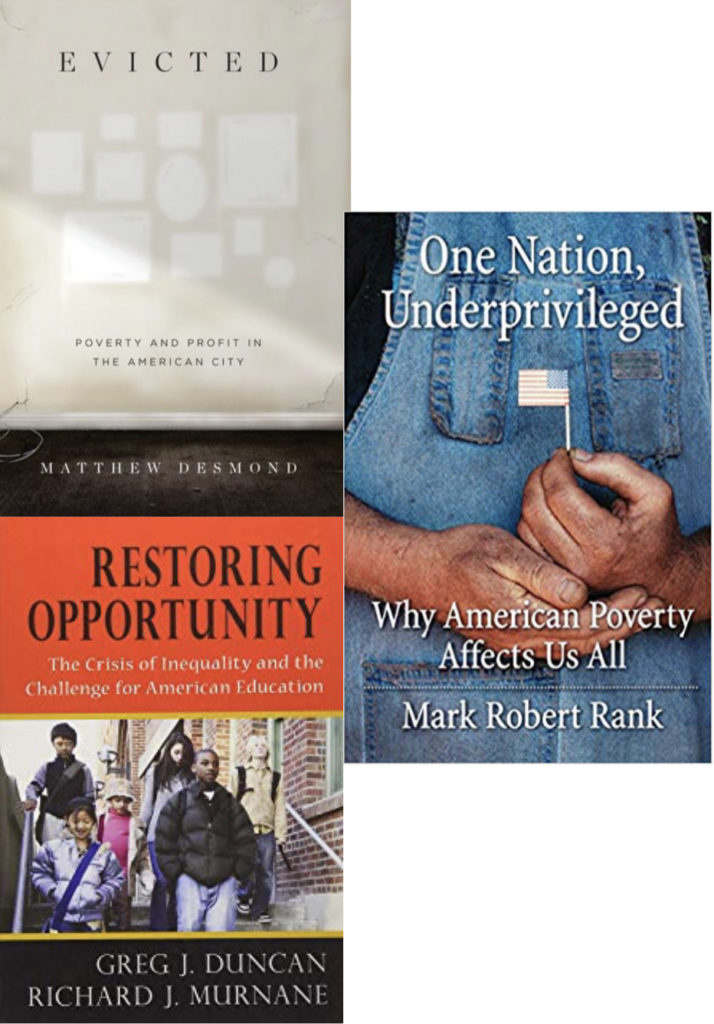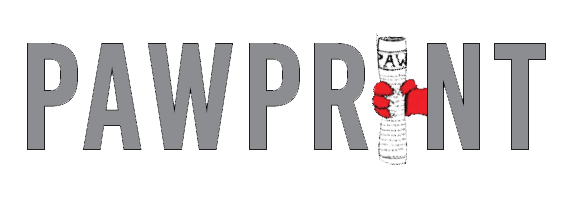All students, no matter their major or career goal, will have to take classes that fit into their general education (more commonly referred to as gen ed) requirements. You have to meet a center number of different types of classes throughout your college career. But what if all students all took one course that fulfilled a broader scope than those individual classes? That’s what a new pilot course, titled The High Cost of Poverty, is trying to do.

nbsp; The core curriculum is in the process of being reworked behind the scenes. This new course isn’t to try to have this single course to be replicated over and over again, but to rather see if the format of the class is usable as a way to teach different societal issues through the combined knowledge from multiple perspectives.
“We decided [Poverty] would be the first topic and then reached out to faculty who are already engaged in those areas doing research or teaching in those areas,” said Dr. Alden Craddock, the expert on education for the course.
Craddock makes up a fourth of the team behind the course with the help of Dr. Kent Bausman for sociology, Dr. Olaide Sangoseni for health professions and Dr. Jess Bowers for humanities. They each get three weeks to teach their subject matter to the larger lecture portion of the class on Tuesday.
On Thursday, they each lead their own discussion groups to talk about the material that everybody learned about. There are tests over each of the subjects after they have gone through their material as well as a final project the focuses on different school districts in the St. Louis area to see the impacts of poverty.

The first section of the course that the students go through for this particular course, is the sociology groundwork taught by Dr. Bausman. Bausman’s section is placed first in the course in order to give the students an understanding of the systematic nature that poverty has in America rather than the frequent thoughts that poverty is a problem with the individual.
“We want to look at what is collectively in common amongst societies members. Why is this group more vulnerable to poverty than another group? We think there’s some kind of social reason behind that… it’s like a pair of glasses you put on; it’s a whole new way [of thinking]…I can give lip service [to the issue, the other professors] can give meat to it.” Bausman said.
Next up for the course is Dr. Craddock and his section on the links between education and poverty. He teaches the class on this problem with poverty and gets the students to try to grapple with how poverty affects the education system and the people going through it.
While the students learned through Bausman’s section on what the numbers are in education and poverty, Craddock will be able to show and explain the experiences of poverty in education.
Third up in the course is Dr. Sangoseni and her showing the effects of poverty as it is related to the American health system. She will take the class through different aspects of the health field including the economics of healthcare for the poor, why unhealthy food cost more, increased rates of death and a shorter lifespan for people in poverty and the accessibility to health information to the poor. This portion of the course will show the students the disparities that exist with people in poverty and lack of access to a decent source of healthcare.
Finally, the course will take a turn towards the humanities under the teachings of Dr. Bowers where she will show the students how poverty is portrayed. She looks at how poverty is seen in rural areas, where it seems to be more glorified, as well as urban areas, where it seems to be more demonized.
Students will be able to use all of the data and information that they learned from the other parts of the course in order to compare the ways the media shows poverty and the truth of what poverty actually is. “I’m interested in the ways in which we present and mythologize impoverished people… how do we conceptualize different groups of impoverished people?… I think our American values play a role in [the portrayals],” Bowers said.

The courses purpose is to get the students involved in it to think about how these big issues like poverty need to be tackled from multiple perspectives. You need to understand more than just one of these many disciplines in order to achieve some form of understanding of poverty and to reach a level of critical thinking to comprehend the issue and others along the way.
Bausman said, “My intention of joining this group was that I want people to be more compassionate citizens… even if some of you guys in the class could give two shits about the poor, at least now you have the numbers. Whatever argument you want to make, it’ll be based in some kind of fact.”
